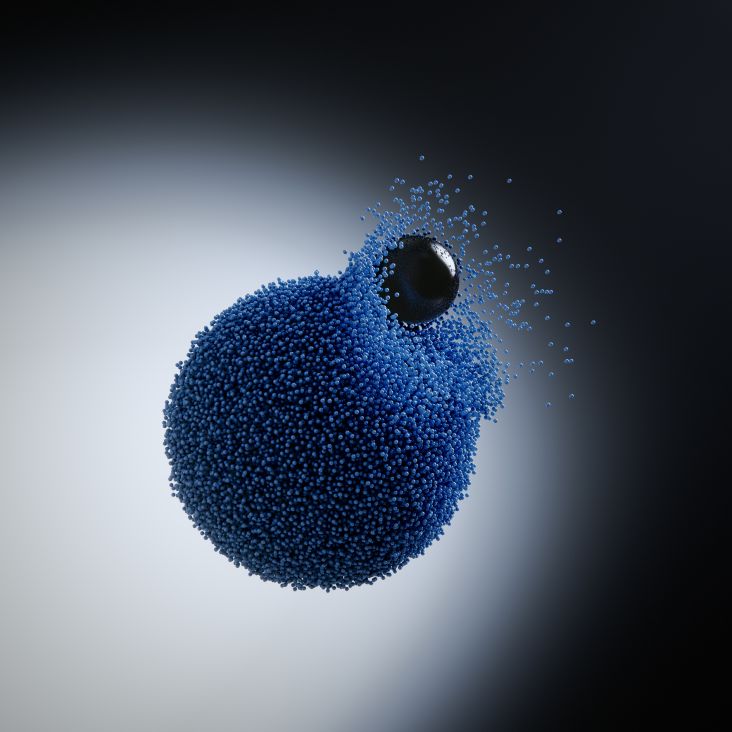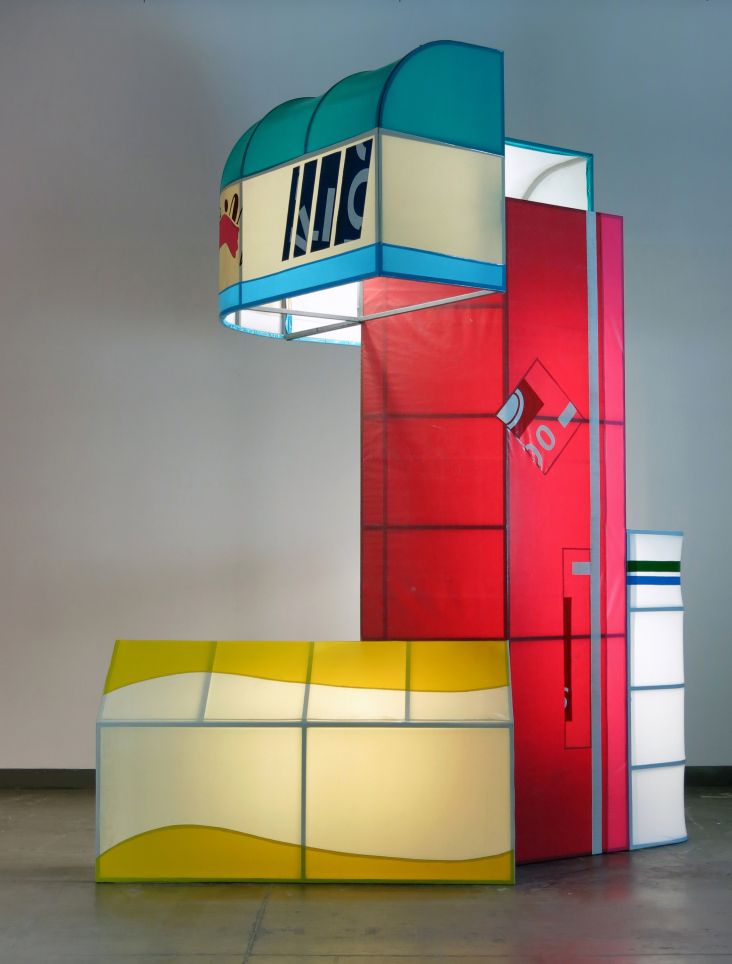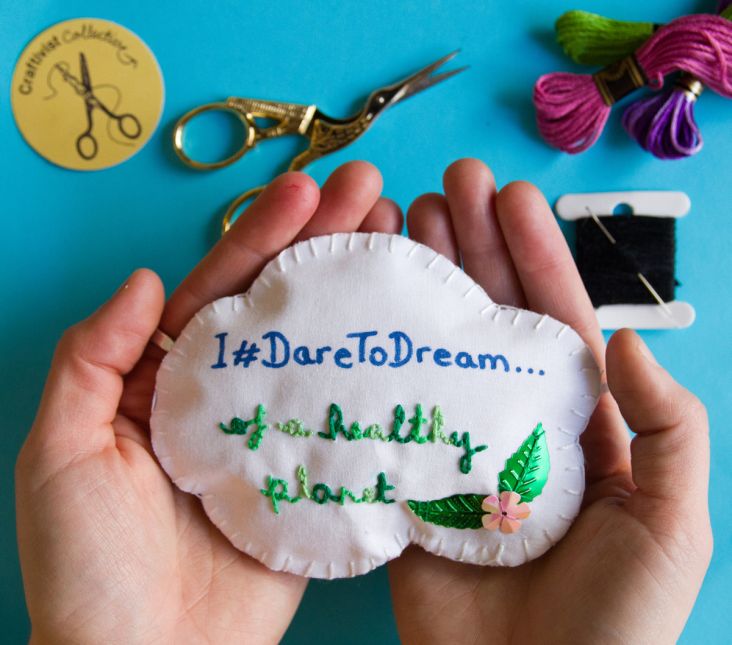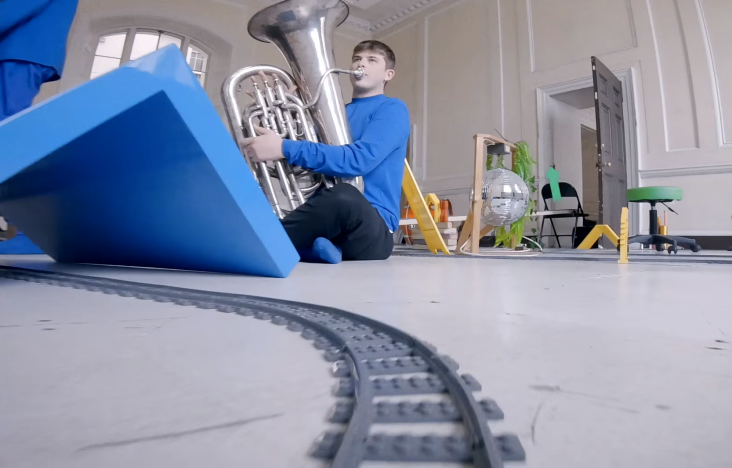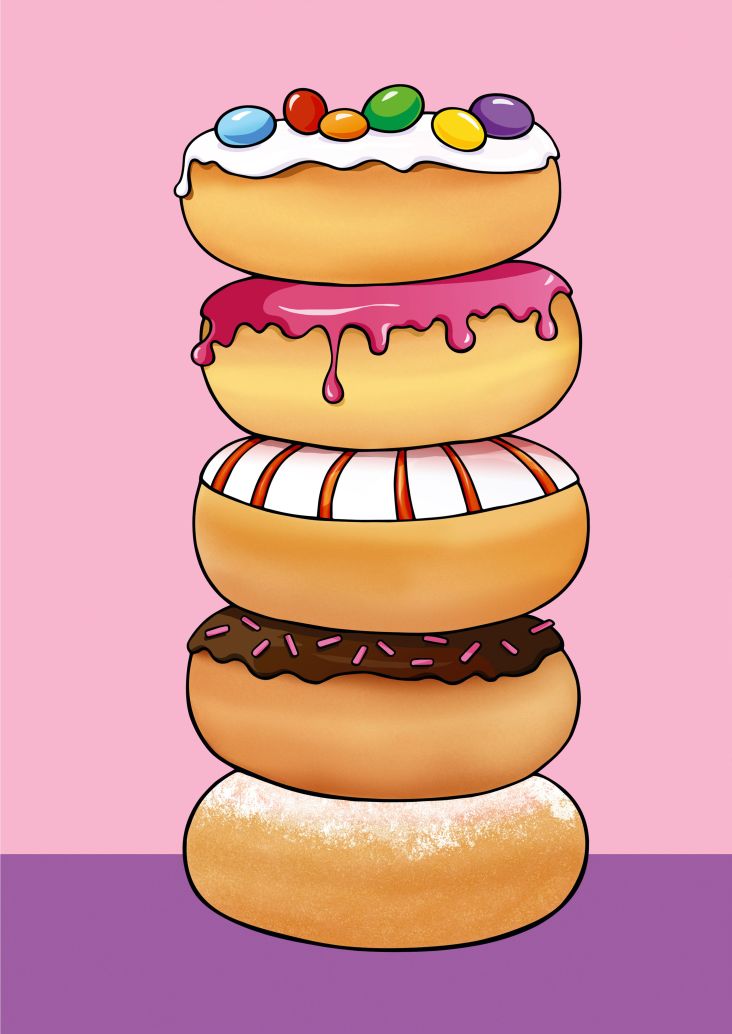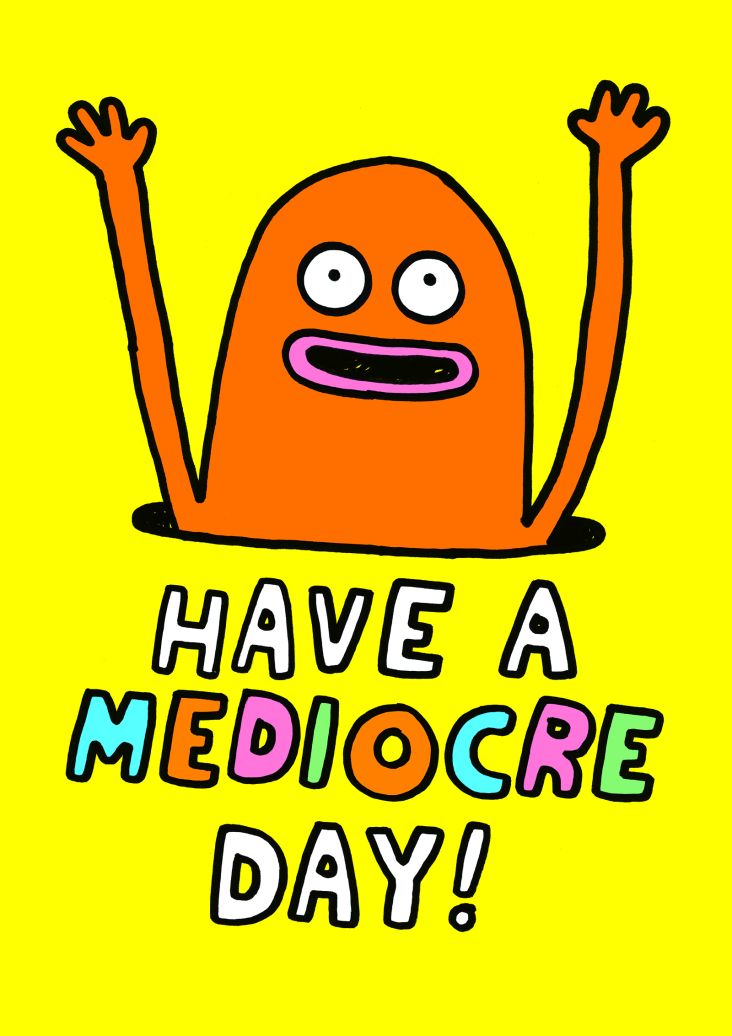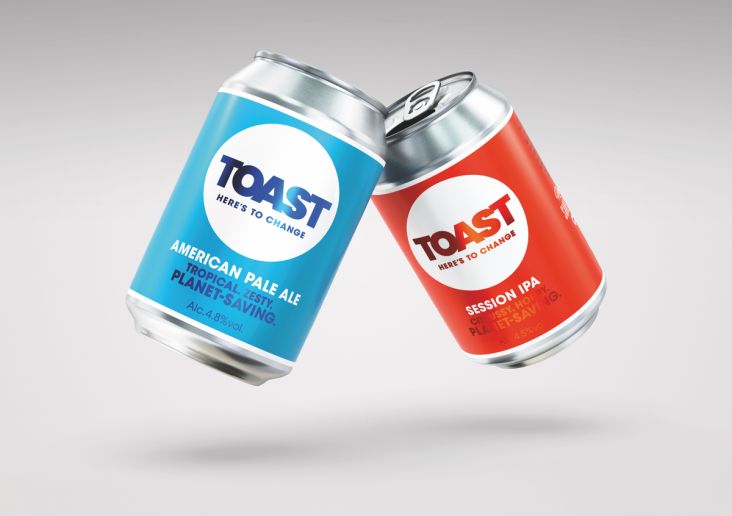Tim Jones of venturethree on why branding always starts with motion and how designers can survive the next 10 years
Motion design is something everyone's talking about. Although nothing new, it's a skill that more and more graphic designers are eager to learn.
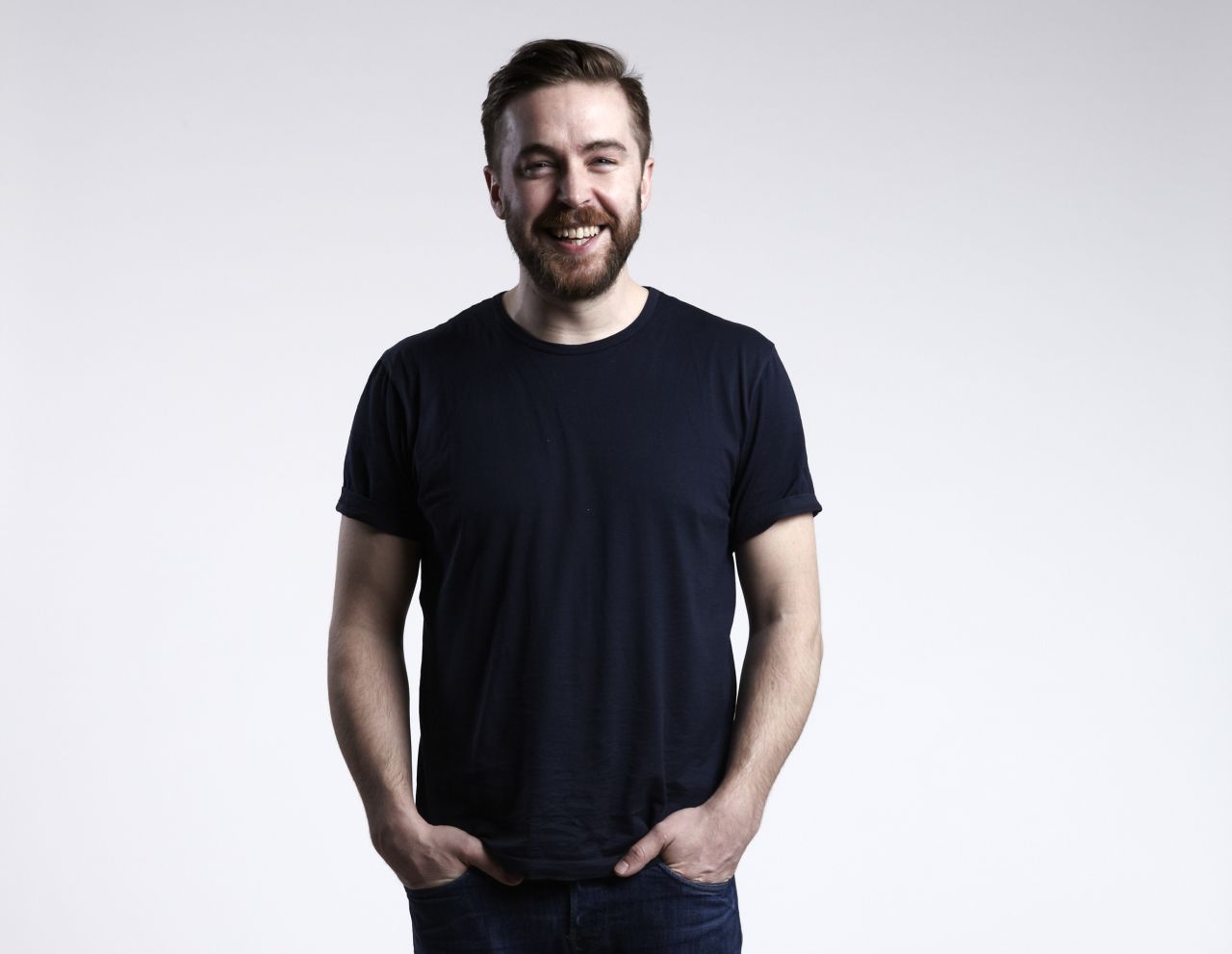
Tim Jones. Image courtesy of venturethree
For Tim Jones, Strategy Director of venturethree, he's seen first-hand how motion design has become a central part of a brand's armoury. And how it can bring a company's story to life.
He began his career at RPM in 2007 and later became its creative director in 2015, overseeing accounts for Virgin Holidays, Heineken and Diageo.
At venturethree, he brings all that experience in experiential and motion to clients such as Just Eat, Trustpilot and Sky. Keen to find out more about the role motion design plays in brand strategy, we chatted to Tim about this and more.
Tell us more about venturethree and how it uses motion?
We're a brand company that uses creativity to help businesses grow. Motion design has been something that, from our inception, we've tried to innovate from.
We work with some of the world’s leading entertainment brands, such a Sky and Fremantle. These companies operate in a highly competitive market and constantly need to push how they sell their proposition to customers.
To add value to these businesses we've always had to be at the forefront of motion design and innovation in that space. As a result, the quality of talent in non-traditional graphic design – motion, film, storytelling through content – is super important.
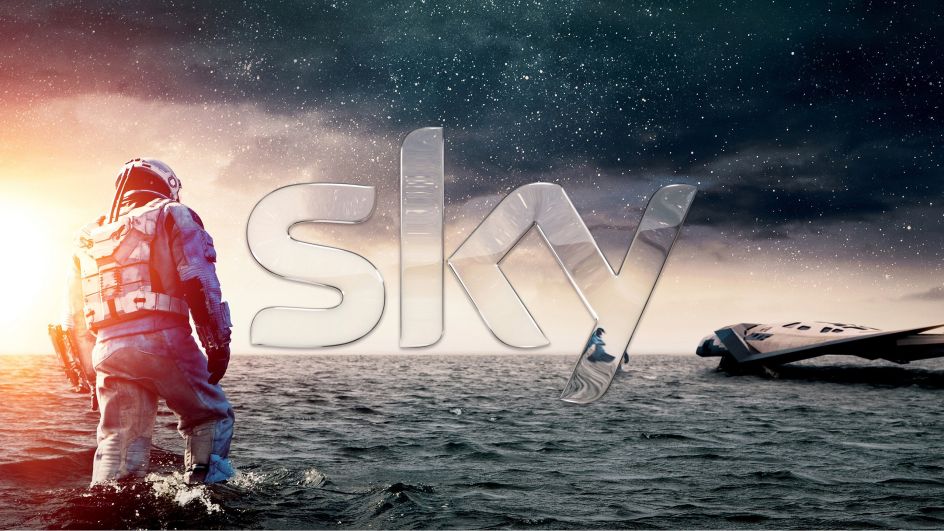
Sky
Is motion something that is needed more than ever to break through the noise?
Yes, it's so cluttered now, as we live in an "age of distraction" or whatever they call it these days. We're apparently getting lazier with our attention span currently at just eight seconds (down from twelve seconds a decade ago). So, the ability to capture someone's attention and tell them a story is very important.
Branding first took its name from branding cattle, as a sign of ownership. So you brand your stock to say, that's mine and not anyone else's. But today, it’s more about how the cow walks, the tone of its bell, the food it eats, the company it keeps, how it interacts with the world around it. The challenge is to try and deliver all that through these tiny windows of attention, and motion empowers us to do just that.
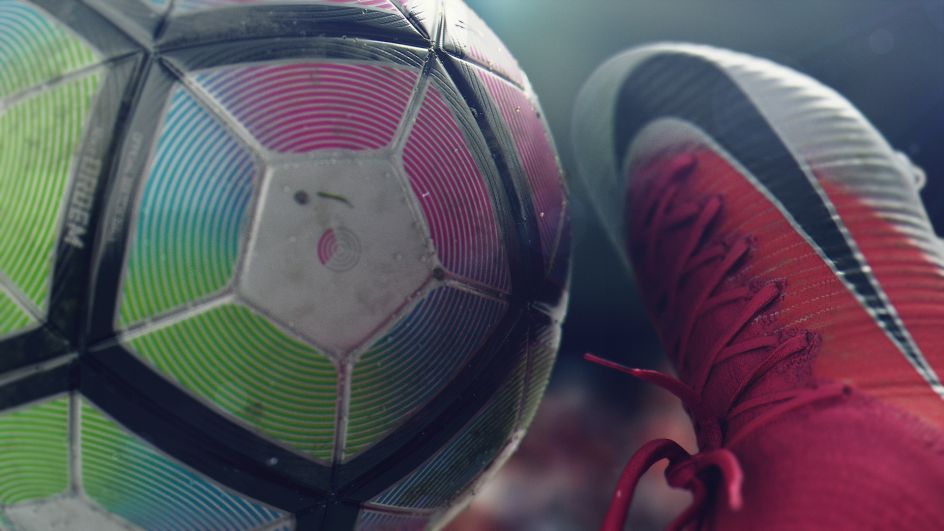
Sky
So when it comes to marketing, there's a real power in motion?
Absolutely. A picture tells a thousand words, but a moving picture can do so much more. To bring something to life and give it a tone, personality and agenda, that is way more powerful than anything static. Motion is able to sell really complex ideas in a simple way.
Motion is certainly an efficient way of getting a complicated point across?
A brand is a promise; "you can trust us, we're a bank" or "we'll make you run faster, we're a sports shoe". But now, people expect so much more – it's also a promise of service, experience, culture. How do you get one static image to tell all of those things in that narrowing window of attention? Motion is the answer. It empowers you to tell a story.
Motion should be the first thing we consider then?
Not quite. You always start with the idea. But the quicker you can explore that idea through motion the richer it will become. It’s not about taking something static and trying to add movement. It is about exploring movement to express an idea and capture the imagination.
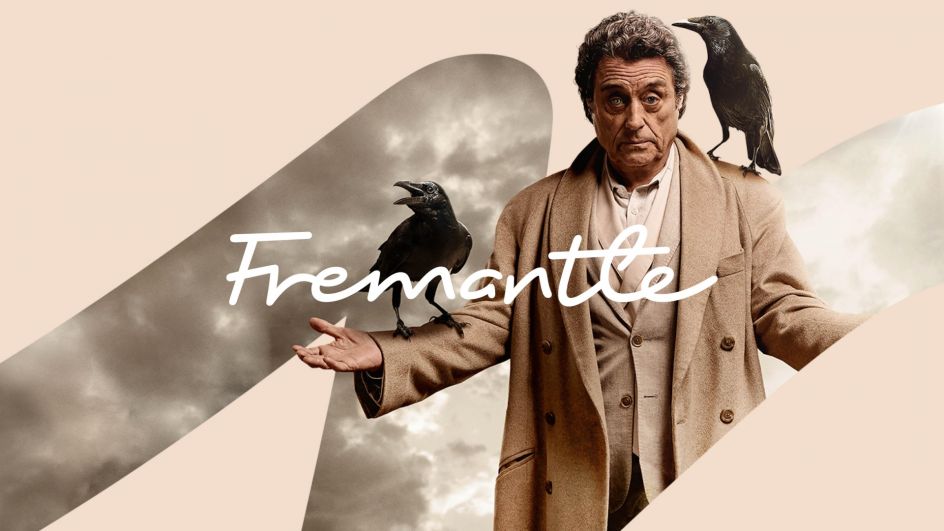
Fremantle
Do you think every graphic designer should have motion design skills, then?
If you are all about the idea – as every great designer should be - why would you not want to be armed with the tools and skills to express that idea in the most compelling way? Motion is also important as it empowers innovation. So you might be able to unlock and communicate bigger ideas because of the available technology.
How have you ensured your own staff have the right skills?
We work with partners like Created to share experience and learning and bring on the next generation of talent. Collaborating with them means both our team and their students develop and enrich the skills needed for the future. It keeps us always one step ahead.
Things are moving so quickly, using someone like Created helps us stay relevant. It's the industry partners they work with, too, and the real briefs that are set by brands like Puma, BBC and Framestore – it makes people ready for industry. So it's not just about theory, it's practical, too. It works really well for us and fits with our own agenda.
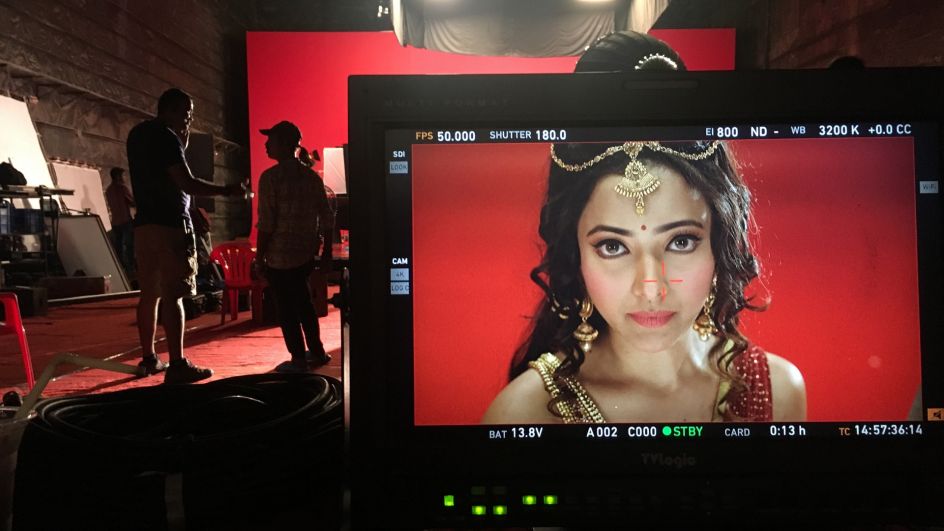
Star Plus
What advice would you give to anyone out there thinking about learning motion design?
Consume it, firstly. Motion is everywhere. Obsess over it and try and see how it's helping to express ideas.
Don't be intimidated by the technology because it will actually empower you. But don't get caught up in the tools because it's always about the idea. Consider the thing you're trying to express first, then look at how technology and motion can tell the story.
Have fun with it, too. Fundamentally, this is about expressing and capturing our imaginations and emotions. And finally, just play with motion. Some of the best things we've done at venturethree are when we allow ourselves to play without thinking too much about strategy. Play is truly powerful.





 by Tüpokompanii](https://www.creativeboom.com/upload/articles/58/58684538770fb5b428dc1882f7a732f153500153_732.jpg)

 using <a href="https://www.ohnotype.co/fonts/obviously" target="_blank">Obviously</a> by Oh No Type Co., Art Director, Brand & Creative—Spotify](https://www.creativeboom.com/upload/articles/6e/6ed31eddc26fa563f213fc76d6993dab9231ffe4_732.jpg)









